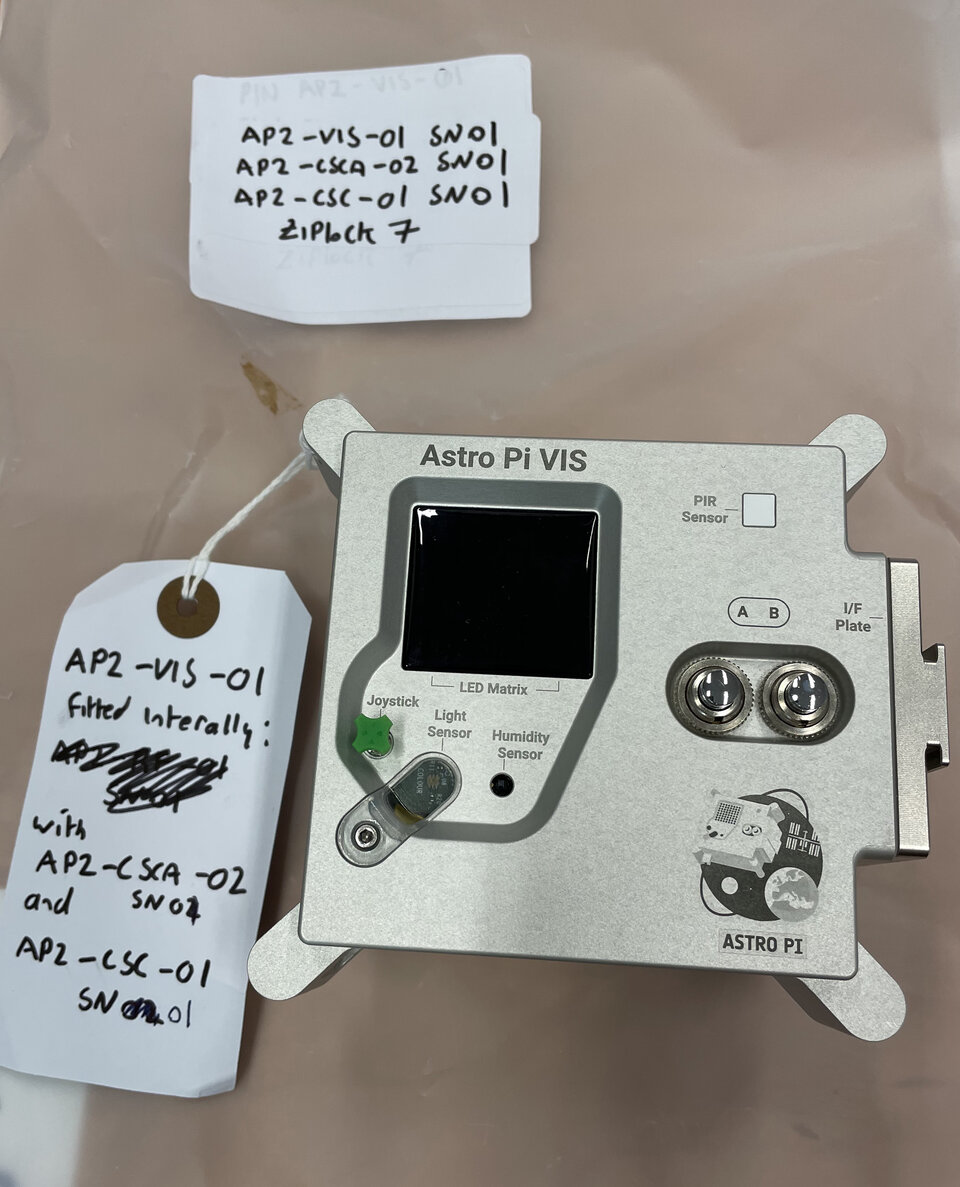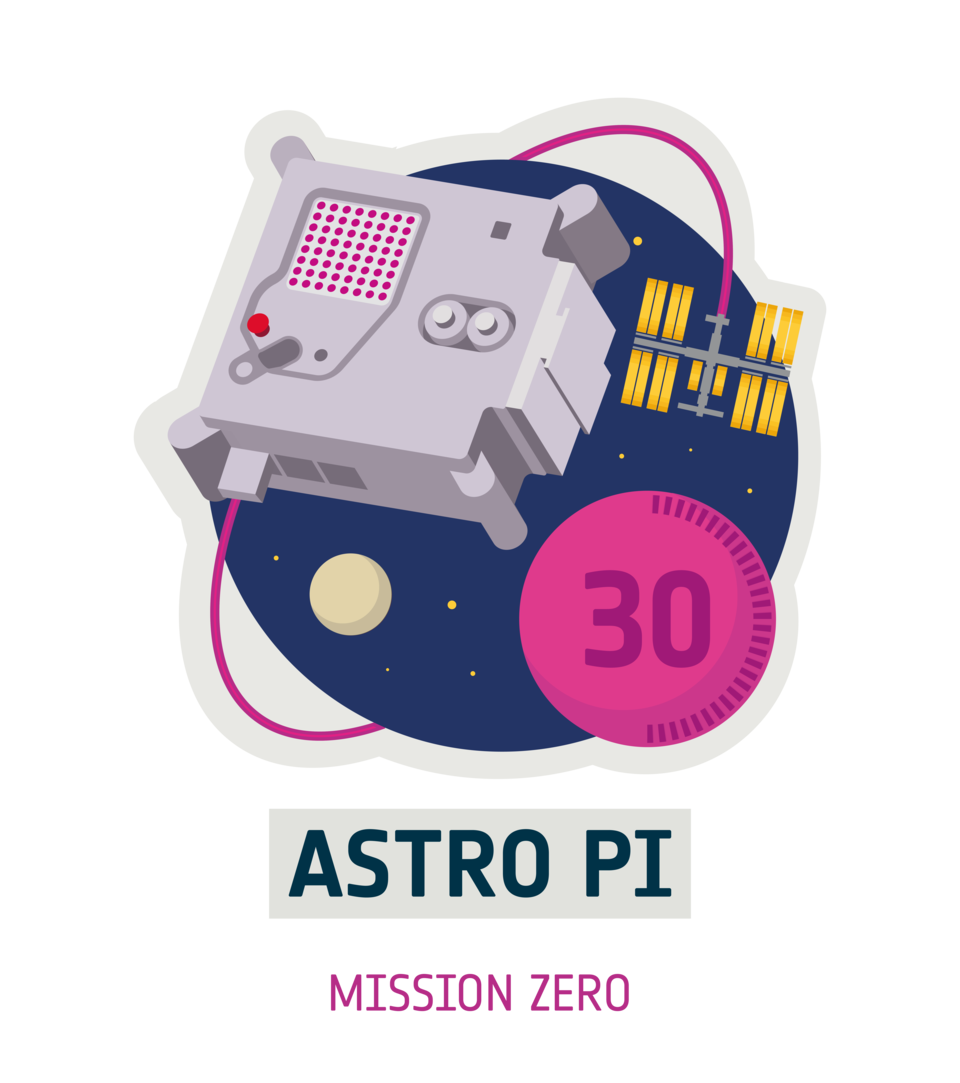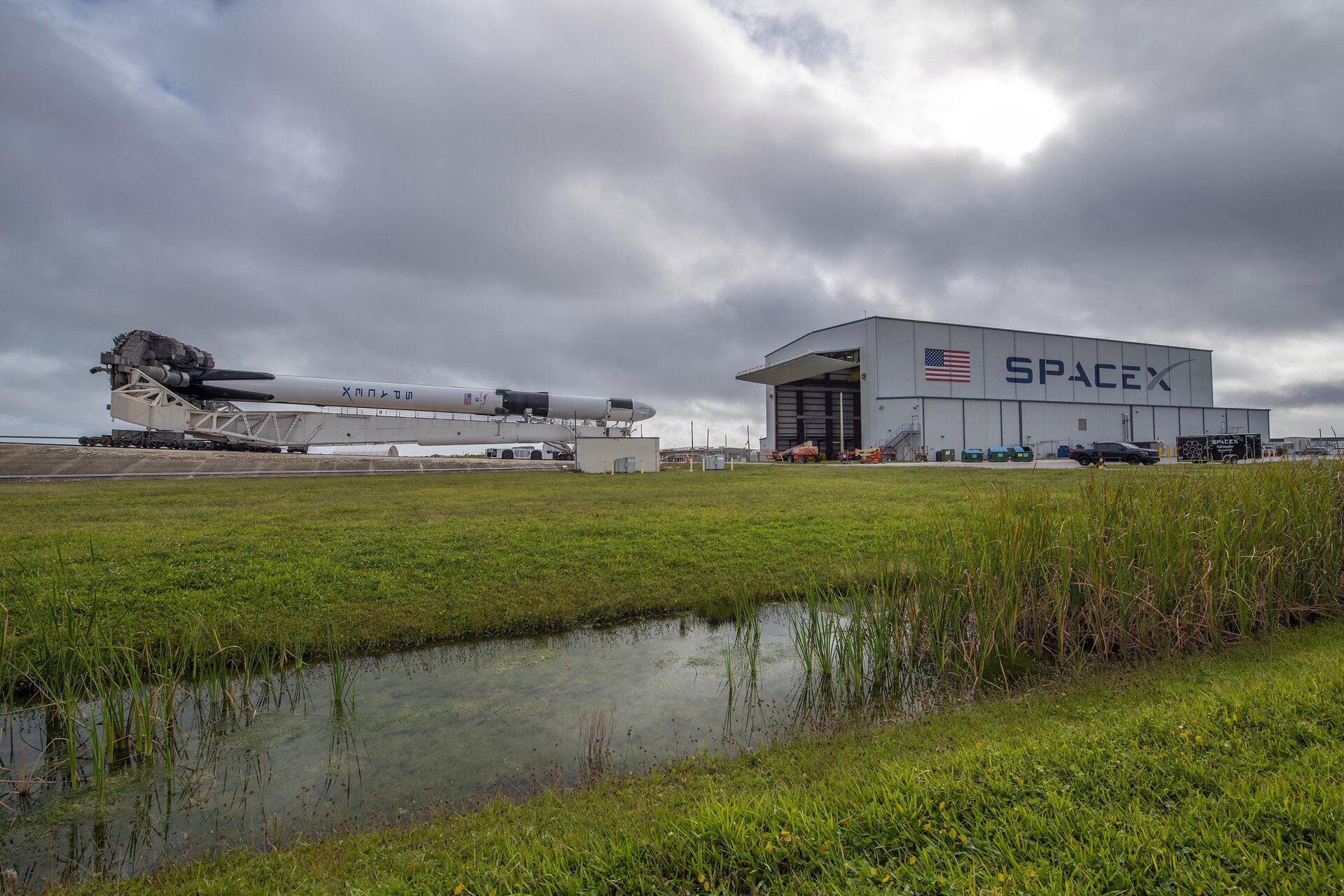New Astro Pi computers speeding their way into space
In brief
Two brand-new Astro Pis are being launched to the ISS this week! With this ESA and the Raspberry Pi Foundation are opening an exciting world of new experiment and fun opportunities for the participants in the European Astro Pi challenge.
In-depth
These Astro Pis are an upgrade and replacement for the original Astro Pi hardware that flew to the ISS in 2015 for the mission of ESA astronaut Tim Peake. They are two Raspberry Pi 4B computers enclosed in a space-proof case with a range of new environmental sensors and a 12-megapixel camera for Earth Observation. Learn more about this next-generation hardware here.
Students in European schools who are participating in the European Astro Pi Challenge can control these computers using the python programming language. They can write and submit their python programs, have their experiments run on board the ISS and get back their science data for them to analyse on ground.
Watch the launch live tomorrow 21 December, at 11:06 a.m. CET here.
Testing, testing, testing!

To bring the two new Astro Pi to the ISS, ESA and the Raspberry Pi Foundation had to get through a tough safety and certification process, which applies to anything that needs to fly to the ISS. This is a process called the Safety Gate process, which ensures that payloads are safe to operate on the space station. There are three safety panels that the Astro Pis needed to get through, each of which required different tests such as:
- A vibration test to ensure that the Astro Pi survives the rigours of the launch. They can simulate the vibrations produced by various launch vehicles.
- A thermal test to make sure no harm can possibly come to the astronaut crew. The touch temperature of the surface of the flight units is limited to 45 degrees C.
- Each flight unit also must be manually inspected by someone donning a latex glove and carefully examine the case to check for sharp edges.
- Finally, the electromagnetic emissions and susceptibility tests that are required to guarantee that the flight units won’t interfere with any ISS systems, and not be affected by other equipment that is onboard.
What will happen now?

ESA astronaut Matthias Maurer will be there with his colleagues to witness the Astro Pis arrival in the ISS, which you can watch on Wednesday 22 December 8.30 am GMT, 9.30am CET here.
In the new year, Matthias will be deploying our Astro Pi units in the Columbus module. New payloads undergo a process called “commissioning” which involves check-out testing to verify everything is working correctly. The commissioning for Astro Pi will also involve gathering some images from an Earth-facing window, which will later be used as training data for artificial intelligence machine learning projects. Later in the year the new Astro Pi units will be used to run the student experiments from this year’s European Astro Pi Challenge.
You can still apply to Mission Zero and compete to name the two Astro Pi computers!

There’s still time to take part in this year’s Challenge! Mission Zero is open to all young people under the age of 19 in ESA Member and Associate states and gives you the chance to write a message to the astronauts on board. In addition, this year you have the chance to name the new Astro Pis after an European Scientist! Learn more about it here.
Follow our simple step-by-step instructions and, working with a parent, teacher, or legal tutor, if you’re eligible your code is guaranteed to run on the ISS! You’ll even get a certificate showing where the ISS, and the Astro Pi computers, were when your code ran.


